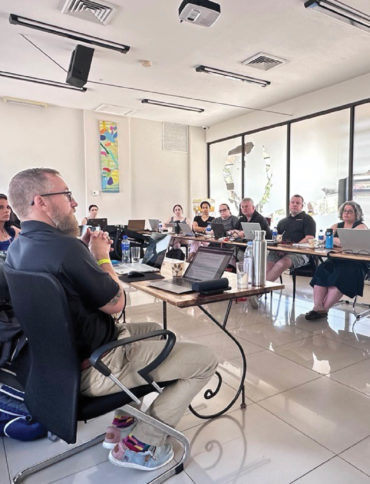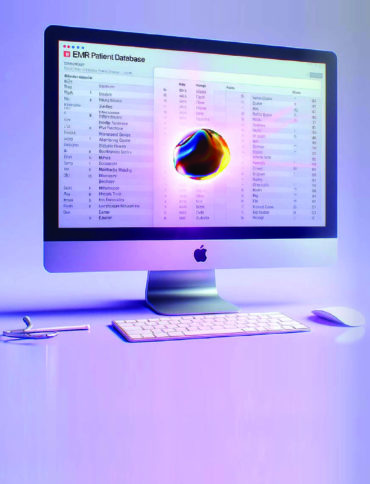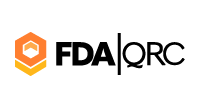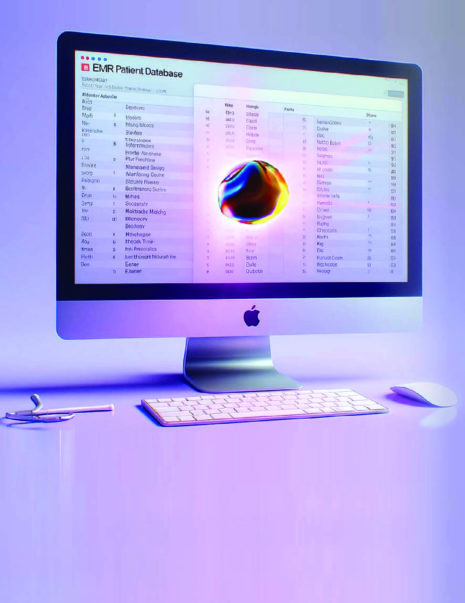We knew it was coming, we knew we had to prepare, but how many of us are truly ready for the implementation deadline of ISO 13485:2016 on 28 February 2019? There is no hand holding from Notified Bodies and sites like Elsmar Cove are swarming with professionals requesting advice from other industry professionals on how to proceed. Even though ISO 13485 is not law and organizations are not required to comply, if you intend to sell products in the EU and are seeking a CE mark, 13485 is the mandatory standard.

Is Your QMS Ready
For ISO 13485:2016?

Is Your QMS Ready
For ISO 13485:2016?
We knew it was coming, we knew we had to prepare, but how many of us are truly ready for the implementation deadline of ISO 13485:2016 on 28 February 2019? There is no hand holding from Notified Bodies and sites like Elsmar Cove are swarming with professionals requesting advice from other industry professionals on how to proceed. Even though ISO 13485 is not law and organizations are not required to comply, if you intend to sell products in the EU and are seeking a CE mark, 13485 is the mandatory standard.
Under the new standard, Software Validation is now required for QMS software as well. A streamlined way to comply is to create a spreadsheet listing all your QMS software, description, risk assessment, decision to validate or not along with reason for decision. Then, validate each software by preparing validation plans, validation scripts and validation reports.
More documentation! Specifically, documenting Management Review Inputs discussed. New requirements include feedback processes and complaint handling as it pertains to regulatory requirements.
Expanded requirement to document procedures for the transfer of design and development outputs to manufacturing. Specifically, the need to make sure the design and development outputs are verified before finalizing and transferring to the manufacturer.
This is referencing the requirement to have a “written agreement that the supplier notify the organization of changes in the purchased product prior to implementation of any changes that affect the ability of the purchased product to meet specified purchase requirements”.
Risk based approach is now required throughout the QMS rather than just for product development. The Failure Mode Effect Analysis (FMEA) is generally used for assessing and evaluating the potential risks in the design development phase and can be applied to the rest of the QMS.
Have you already conquered the questions above but still have some of your own? Don’t worry, you are not alone. So, where do you start? With a Gap Analysis of course.
A simple Google search will provide you with Gap Analysis templates as well as comparison charts of changes between 13485:2003 and 13485:2016. You can’t go wrong with whichever you choose, the point is to get started. We do recommend that if the Gap Analysis template you choose does not have a section for Risk Analysis for each aspect of your QMS, you need to add it. One of the big changes in the new standard is the requirement to apply risk based analysis to the QMS as a whole, versus the previous requirement of risk analysis only for product realization.
Once the gap analysis is done, the fun begins. Implementing changes can seem overwhelming, especially for small organizations that may only have one quality person on staff. Bringing in help at this point will make life easier, but if that is not an option, break it down into sections based on your gap analysis.

Tips For Preparing & Hosting a Successful Audit

Regulating AI in Clinical Trials: What ICH E6(R3) Does (and Doesn’t) Say

Explores the Differences Between Auditors and Inspectors in the Clinical Research Industry

Competency Based Programs Contribute to Early Clinical Research Professional’s Training

15 Years of Excellence: FDAQRC's Journey and Future Vision

Tips for a Positive Outcome While Performing a Challenging Audit

How To Find Qualified Patients for Your Clinical Trials









